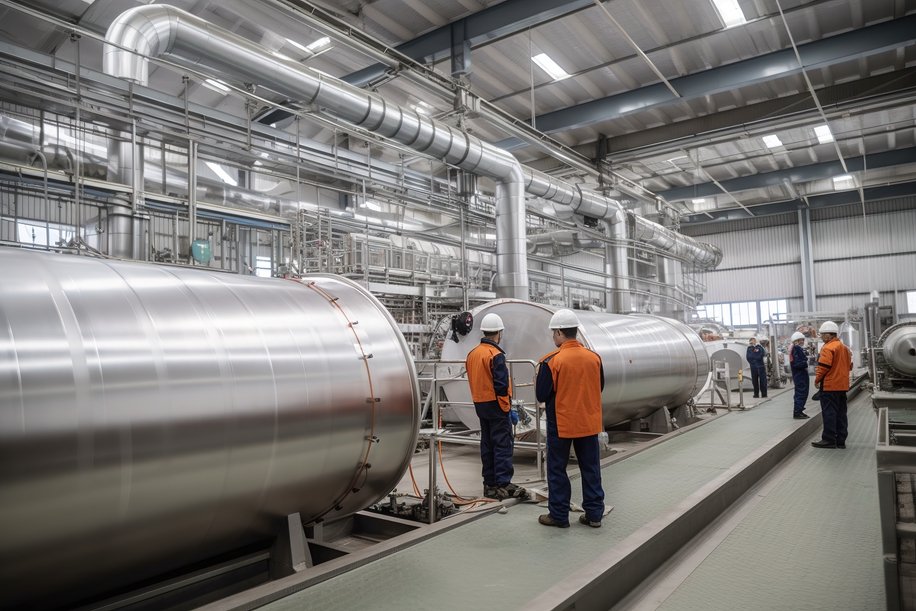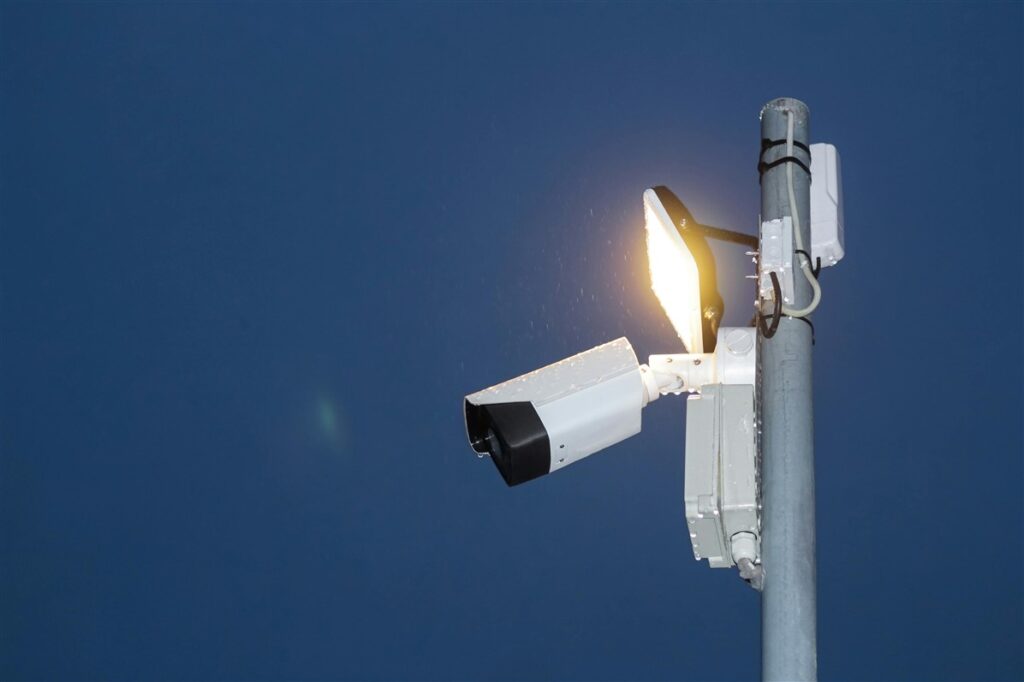Why is certification so important?
Having the right certification in place isn’t just about ticking boxes. If you don’t have the right certification, you can face penalties, fines, and even prison time. That’s why it’s so important to understand your responsibilities.
Electrical safety and compliance
BS 7671 is the British Standard for "Requirements for Electrical Installations.” You may also hear these referred to as IET Wiring Regulations.
You don’t need to understand all the regulations – that’s the job of your electrical contractor. However, there are some terms you should be familiar with.
Electrical Installation Certificate (EIC)
An Electrical Installation Certificate (EIC) is required for new installations, when there is a change of distribution board, or when a new circuit is added. They are usually issued when a property undergoes a full rewire or when it is a new build.
The certificate declares that the installation is safe to use in line with the BS 7671 regulations. You may also hear it called a BS 7671 electrical safety certificate. An EIC typically lasts for five years.
Electrical Installation Condition Report (EICR)
EICR stands for Electrical Installation Condition Report. You might also hear it referred to as periodic inspection or fixed wire testing.
It involves an in-depth inspection of your internal wiring to check the condition and identify any issues, such as damage or deterioration. The EICR also includes fixed wire testing to ensure that wiring is not degrading over time.
Commercial properties should get an EICR every five years or whenever there is a change of occupancy. Industrial facilities – manufacturers, warehouses, and workshops, for example – should get an EICR every three years.
Failing to obtain a valid EICR certificate or neglecting to address any identified defects can have severe consequences. These include legal sanctions such as fines and imprisonment, insurance implications, and reputational damage.
Portable Appliance Testing (PAT)
An EICR covers your fixed wiring and electrical installations. PAT, on the other hand, covers your portable appliances. These include:
• Portable, handheld, or moveable appliances and equipment
• Stationary or fixed appliances and equipment
• IT equipment
• Extension leads and RCD extension leads
• Multi-way adaptors and RCD adaptors
There is no specific law around PAT testing, but employers do have a legal requirement to ensure the safety of any electrical equipment, so it is recommended that equipment is inspected and tested every 3-12 months, depending on:
• Equipment type
• Equipment class
• Frequency of use
• Age of equipment
• If equipment is moveable or static
• Competence of personnel using the equipment
• Where equipment is used (e.g. ATEX areas)
• Previous test results
• Manufacturer's guidelines and recommendations
• Equipment modifications or repairs
PAT testing doesn’t have to be carried out by a qualified electrician, but it should be carried out by a competent person using suitable equipment.

Energy and consumption
Now we’ve covered your responsibilities for electrical safety, let’s look at energy performance, more specifically EPCs.
What is an EPC?
An Energy Performance Certificate (EPC) tells you how energy efficient a building is, giving a rating from A (very efficient) to G (inefficient).
An EPC is required when:
• You rent out or sell your premises
• Construction of a building is completed
• There are changes to the number of parts used for separate occupations and these changes involve providing or extending fixed heating, air conditioning or mechanical ventilation systems
Do you need an EPC by law?
In England and Wales, the penalty for failing to provide an EPC when required is between £500 and £5000 depending on the rateable value of the building. A penalty can be issued for each building or unit that is found to be in breach of the requirement.
In addition, it is an offence to give false or misleading information on an EPC, and penalties can be imposed for this offence as well.

Benefits of an EPC
While an EPC is only required in certain circumstances, there are benefits to obtaining one even if it isn’t compulsory. An EPC will help you understand where the inefficiencies are within your building so they can be addressed.
This can help you reduce your carbon footprint and meet your sustainability goals as a business.
Staying compliant and energy efficient with AES
At AES, we specialise in electrical contracting services for manufacturers. We can install, test, inspect, service and maintain your lighting and emergency lighting and any electrical installations, including plant equipment and machinery. AES personnel are also CompEx accredited to work in ATEX areas.
Not only do we offer proactive and reactive maintenance and emergency callouts, but we also offer a range of specialist services for manufacturers to improve efficiency.
These include energy storage, voltage optimisation, variable speed drives, and control and automation systems.
To get you started, we offer a free energy reduction audit to help you understand where you can make the most significant impact and which energy-saving solutions are right for you.
After completing our assessment, we’ll provide you with a full report detailing energy consumption savings and the real cost savings to your business.
Our goal is to help you reduce energy consumption in the most effective way so you can generate a return on investment as quickly as possible.
Contact us to find out more, book your EICR inspection, or request a free energy reduction audit.

Our guide to building energy management systems
Building energy management systems (BEMS) are systems that allow you to monitor, control, and optimise the energy used within your building. The phrase building energy management system (BEMS) is often used interchangeably with the phrase building management system (BMS), but there are some differences. A BEMS is focused on energy-related systems such as lighting, heating, […]
Read more
How far does power travel and what impact does distance have on performance
It’s easy to take our electricity supply for granted. We flick a switch and instantly have light or power. We don’t even think about it unless there’s an issue or an outage. But when there is an issue or outage, the impact can be significant. For manufacturers, even the smallest change in power can make […]
Read more
Why visibility of the production process is so important
Operational excellence, efficiency and quality are top priorities for almost every manufacturer worldwide. These things lead to improved productivity, happier customers and reduced waste – all of which result in increased profits. Visibility of the production process is the key to achieving these things. And manufacturers now have access to technology that can provide real-time […]
Read more
Will security lighting help to protect my staff?
Looking after the safety and well-being of employees should be a priority for any business. And while it’s not possible to mitigate every risk, there are measures you can take to improve their safety and security. One measure that is often overlooked is the installation of security lighting. When daylight disappears, visibility is reduced, increasing […]
Read more
Top 5 considerations when comparing electrical quotes
Budget is always a factor when you’re considering any type of upgrade, revamp, or maintenance work within your factory. But when it comes to electrical work, you have to consider more than just money. Don’t rush into accepting the cheapest electrical quotes without knowing exactly what you’re getting. Electrical work is not an area where […]
Read more
What is the role of companies in reducing our carbon footprint?
We should all be taking responsibility for protecting our planet and a big part of that is reducing our carbon footprint. But while it falls to all of us to do our bit, there is additional pressure on manufacturers, especially those with high carbon emissions. As an absolute minimum, these companies should ensure compliance with […]
Read more

